Notice that it’s hard to find a conversation at lab shows nowadays that isn’t about 3D printing? It’s true! The technology is growing faster than any we’ve seen over the past several decades.
According to a report from Smart Tech Publishing, we are only at the beginning of the real growth of printing within the industry. Are you printing yet? If not, you probably have lots of questions, first among them is which printer is right for me?
This article will be broken up into 2 Blogs, to supply you with most of the information you will need to make a smart, informed decision for your business.
The very first bit of information you may need is: what types of printers are available, and what type will you need for your individual business. An explanation of the different printing technologies follows to help with that decision-making.
SLA (Stereo Lithography Apparatus)
The original method of 3D printing was developed by Chuck Hull, founder of 3D Systems, in 1986. This method of printing uses a UV light source to cure a liquid photopolymer in a vat, or tank, layer-by-layer, until the part is complete. There are three main types of vat polymerization, including SLA, DLP and LCD. As you can see from the table below, they are all curing a liquid photopolymer, but in different ways. And, even though they produce the final product differently, their post processing is similar. It usually takes approximately 15 to 20 minutes, and consists of two alcohol baths and a final cure in a separate curing station.

Laser SLA (Stereolithography)
This form of printing uses a laser to trace the digital design. The Formlabs printer is a SLA printer. Although widely accepted because it is the original form of printing, you have one single point of curing on the build plate at a time. This makes the print times of this method longer than DLP and LCD.
DLP (Digital Light Processing)
This form of printing is the one we see most often in the dental industry. It has two distinct advantages in speed and accuracy (resolution). DLP printing uses a light source to project what is being printed onto the entire surface of your build plate at one time, making it faster than its cousin, SLA printing. When you look at the two types of printing, you can see where the speed differences come into play. If you are printing four models with an SLA printer, the laser has to cure a layer of each model one at a time, so it will cure one model, then the second, then the third and then the fourth, before resetting and starting the process all over again. The projector from the DLP printer is going to “flash” the complete individual layers of all four models at once and then reset and start the process all over again. This is how you can print a bed of models on a DLP printer in 30 minutes or less, depending on the printer and resin. Some of the common DLP printers in the industry right now are the Asiga (from Whip Mix), Carbon (CLIP technology), NewPro3D, EnvisonTEC (cDLM technology), Next Dent, SprintRay, Kulzer and Ackuretta.
LCD (Liquid Crystal Display)
Although this technology is all around us, LCD is the new kid on the block when it comes to 3D printing in the dental industry. Similar to DLP technology, LCD also flashes the entire layer of everything being printed onto the build plate at one time. Instead of using a projector, the light source for LCD printers are light-emitting diodes (LED). The LCD panel acts as a photomask, only allowing enough light through to cure a layer of liquid resin. LCD printers that are currently being sold into the dental industry include Whip Mix, Phrozen, Structo 3D, Ackuretta, Any Cubic Photon and Kudo 3D.
SLA, DLP, or LCD?
DLP, LCD, and SLA printers all belong to the same family, however, as you can see below, their technologies are different. DLP and LCD by their nature are much faster than SLA printing.
Depending on the printers you are comparing, some DLP printers are well over three times faster than SLA printers. And, even though LCD and DLP printers are similar, there are some significant differences. Professional DLP printers use high quality components and, even though they cost more, they are also very fast and very accurate. LCD printers are fairly new, very inexpensive and have primarily been sold on-line with the only technical support coming from Facebook user groups. It is going to be interesting to keep an eye on this technology and see where it goes. Most of us have some type of LCD/ LED TV in our family rooms. Is there a 55 inch LCD printer on the horizon? Only time will tell.
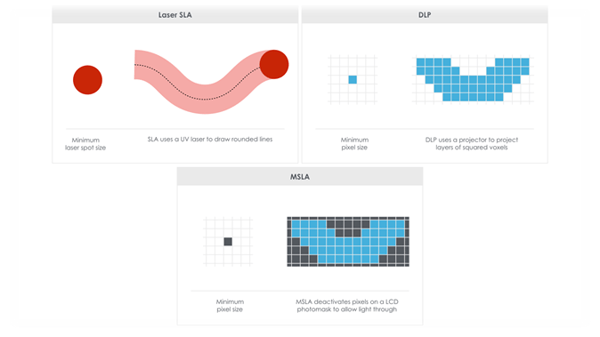
Inkjet Printers (Polyjet and Memjet)
Stratasys (Polyjet) and 3D Systems (Memjet) use what is essentially ink jet technology to jet what you are printing, and a support material onto a print bed layer by layer. Basically, it is a print head with two UV lights on either side that cure the resin and support material as the printer jets the material. These printers have very large print plates, but are more expensive when compared to most DLP and LCD printers and you must use either Stratasys or 3D Systems materials because they use a canister system to deliver the liquid resin. It is also important to clean the print heads after each print. Having a clogged jet will lead to failed prints and equipment downtime. Post processing for this technology requires either water jetting the support material away (Stratasys) or baking it away (3D Systems).
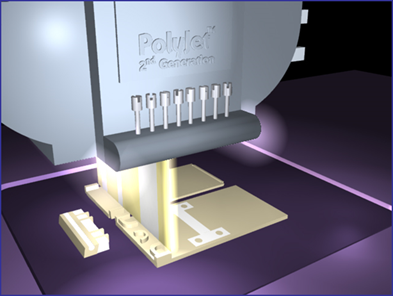
DMP or SLM (Direct Metal Printing or Selective Laser Melting)
This type of printing uses a laser to melt and fuse a bed of metallic powders together. DMP printing gives labs the ability to directly print Cobalt Chromium fixed or removable prosthesis. These printers are still rather expensive. They start at $50,000.

Conclusion
These are the main types of 3D printers we see across labs and clinics currently. With these printers you can print crown and bridge patterns, surgical guides, splints, night guards/bite guards, models, custom Impression trays, IBT, soft gingiva, vacuum forming models/appliances, denture bases, denture teeth, temporaries, try-ins, C&B and RPD resin-burn out patterns and, with DMP, chrome-cobalt removable partial denture frameworks.
Now that we have taken a look at how the technologies work and what you can do with them, we will look at what you need to think about when bringing a printer in-house in Part 2, next week.







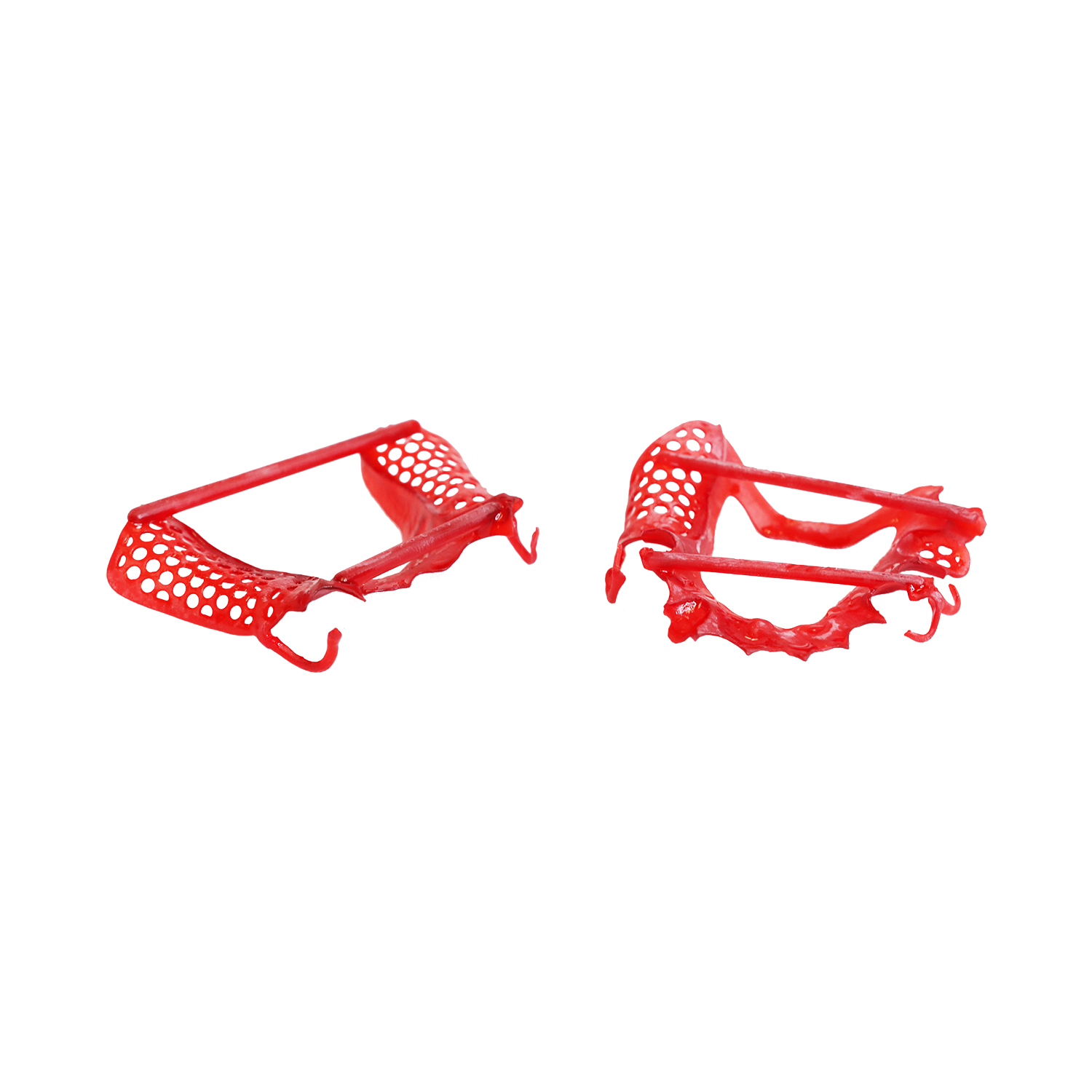

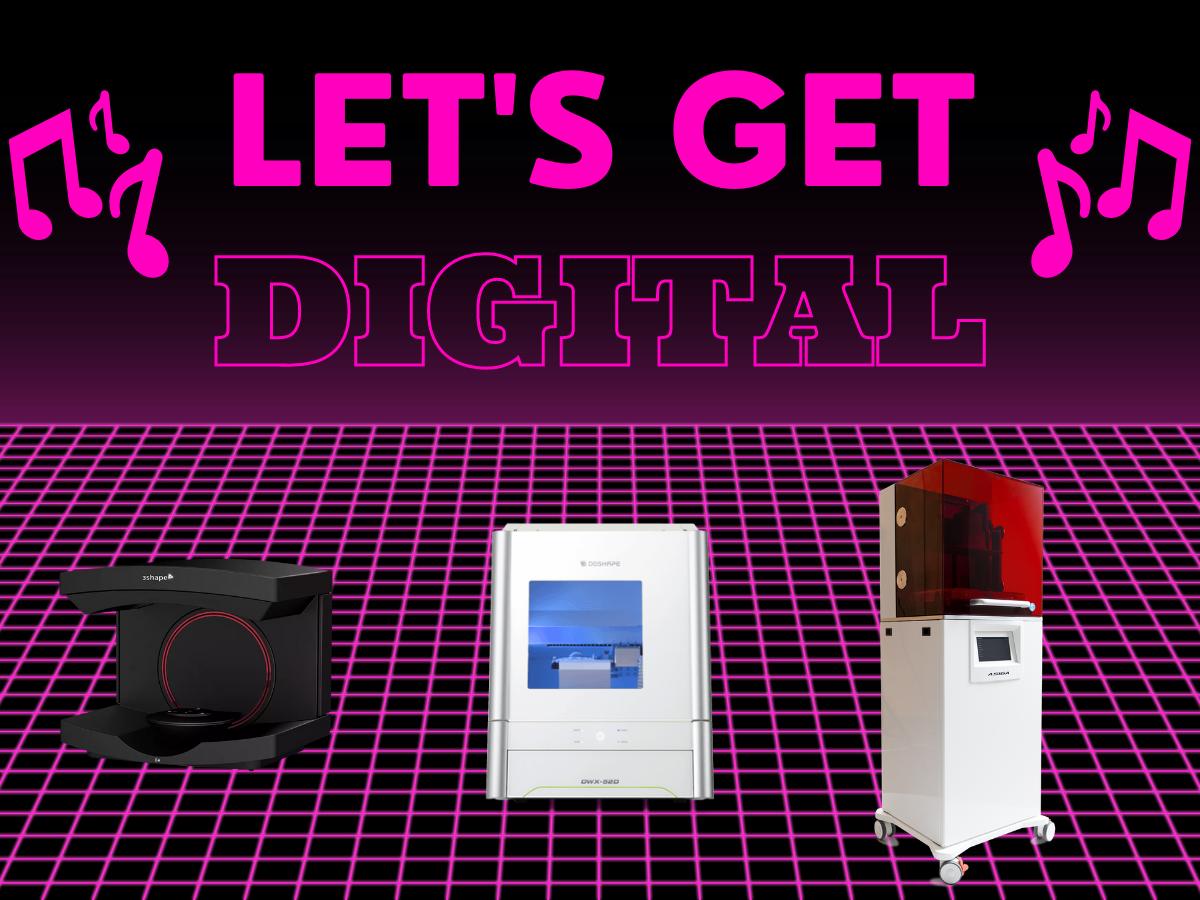
.jpg)
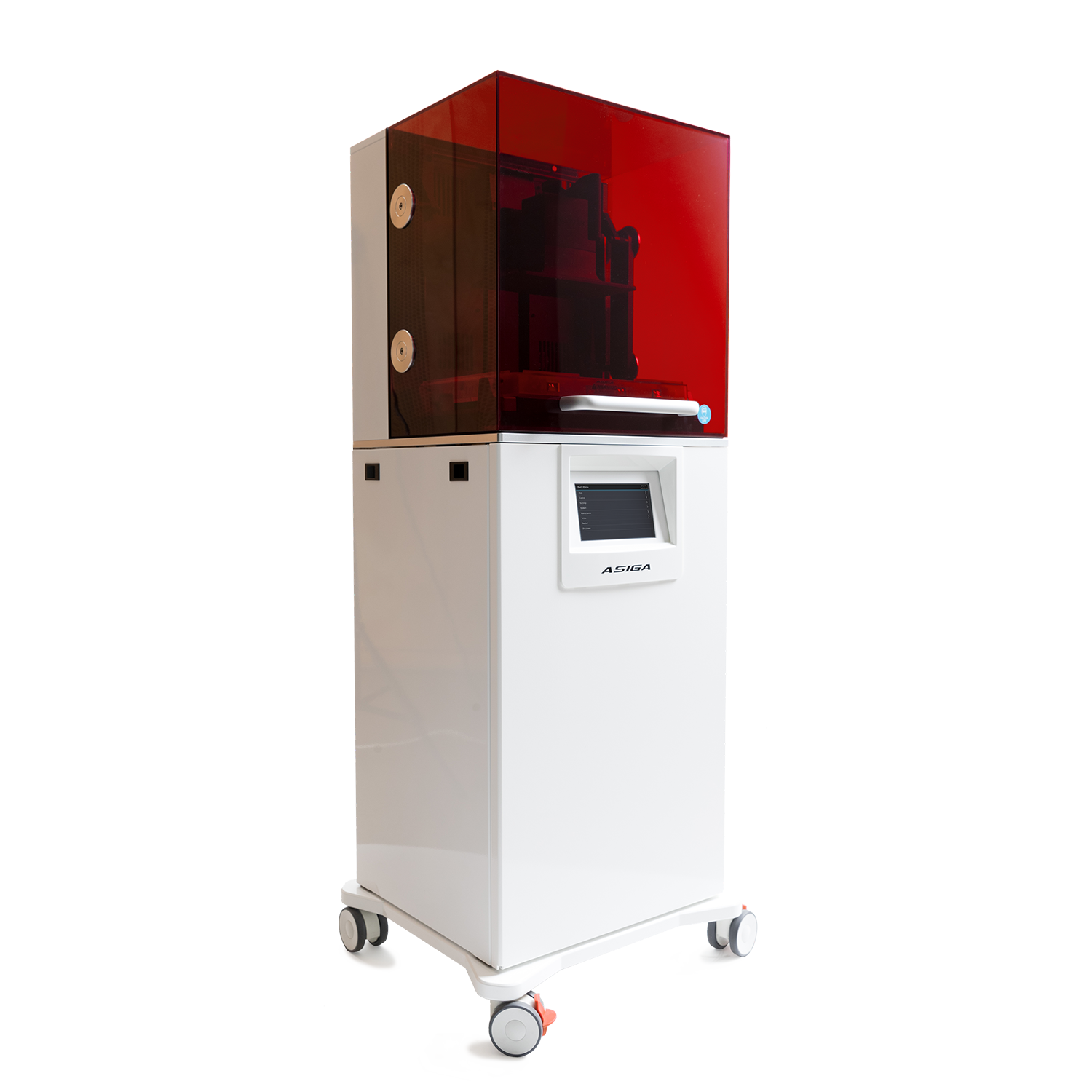
Leave a comment